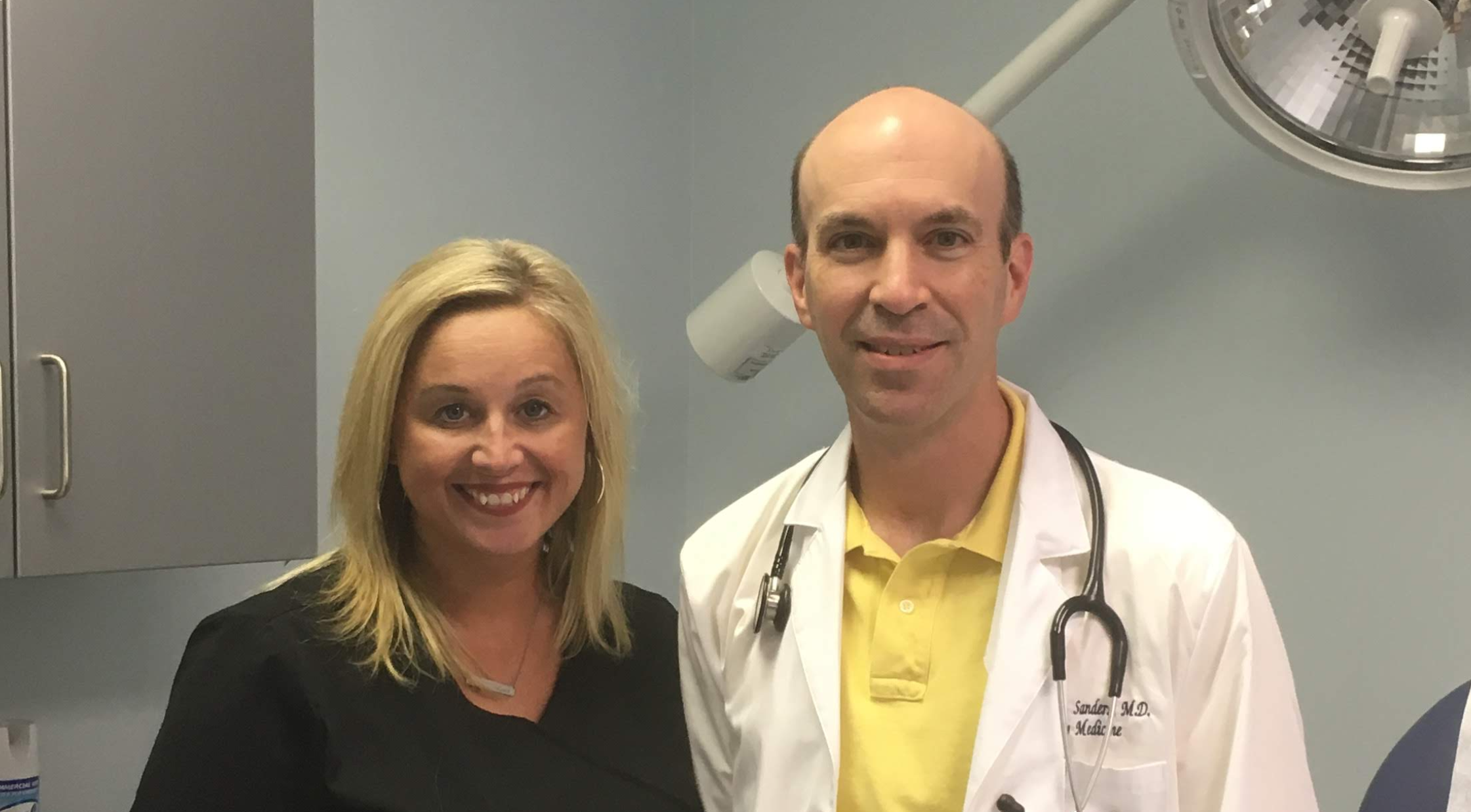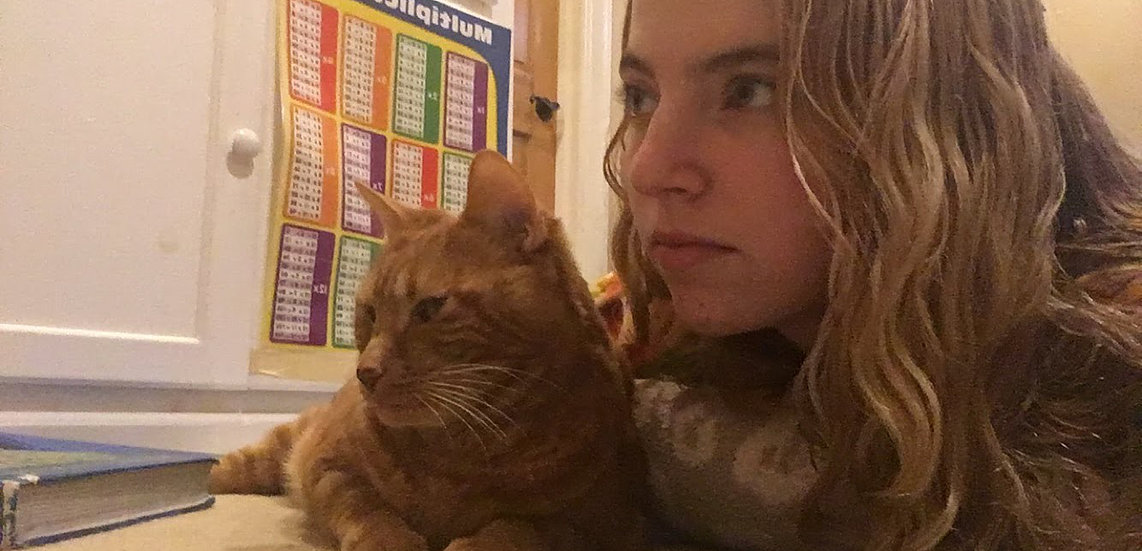Like most people, my beginnings were humble. As a young child, I remembered our small home next to a canal in deep south Florida where my mother and fraternal twin brother resided. My earliest, fondest memories were of visiting my grandparents and walking to my elementary school just a few blocks away with friends. Then in 1978, things suddenly changed. My mother was remarrying, so we were loading everything up in a U-Haul truck for a 2 day trip to our new hometown, Carthage, Mississippi, where I would grow up for the next 11 years. It was in this sleepy central Mississippi town where I decided I wanted to be a family doctor, having been inspired by its highly regarded local family physicians, Dr. Frank Bowen, Dr. Loutrelle Stribling, and Dr. Jack Scott.

I graduated in 1989 as the Carthage High Valedictorian, graduated summa cum laude at Ole Miss, and then capped off 7 years at the University of Mississippi Medical Center after finishing its family medicine residency program in 2000. The first 29 years of my life were a blur. I married at age 25. I studied and worked long, hard hours motivated by idealism and a desire to succeed. My Grandpa Sanders had impressed upon me the importance of a strong work ethic and a dedication to help others. So now it was time to fulfill my destiny of helping people in my community by settling down in Ridgeland, MS to work at a thriving family practice. And things got off to a great start! I figured that I could work 40 years or so in a great career and everything would be just swell.
However, many things happened that permanently altered that script. The old-timey, Norman Rockwell-esque general practitioner that I had idealized growing up was fading away. Modern medicine was becoming increasingly monetized as dominant health systems grew increasingly larger and more preeminent in an effort to control their patient referral sources. These systems grew exponentially in lock-step with insurance companies and government payers which fed them financially. The core belief of these health systems was that they must create a “brand-image” and control their destiny by “owning” their patient population from top to bottom. They viewed family medicine as a patient referral “engine”, in which high traffic, high volume primary care clinics would feed their hospitals, diagnostic centers, and procedure-focused doctors with high-paying surgeries, cardiac procedures, CTs, MRIs, chemotherapy, etc, etc. My profession, family medicine, was not understood by them in the same way I did while growing up admiring my hometown heros, Dr. Bowen, Dr. Stribling, and Dr. Scott. Instead, they perceived its value strictly as a volume machine: More patients, more charges, and more downstream revenue for the health system…and the more volume, the better. I felt the grinding impact of these disturbing changes. I worked from 2001 thru 2009 without taking a full Monday thru Friday off work. I felt the pressure to see more and more patients in less and less time, and my excitement for the future of my chosen profession began to dim and wane. But there was a silver lining in the cloud. As an active staff member at St. Dominic Hospital, I was tapped to be the chairman of the Family Medicine department in 2008. Then in 2009, I was asked to chair the multi-disciplinary Peer Review Committee and by 2010, I was elected to the Medical Executive Committee, where I would have eventually earned the honor of serving as Chief of Staff. However, before that could happen, I was approached by the Chief Medical Officer following a Peer Review Committee meeting in February 2011. “How would you like to consider a career change?” he asked me. And he proceeded to lay out his plan for me to join St. Dominic’s, lead the Case Management department, and eventually succeed him as Chief Medical Officer. Although I loved my patients, I realized that I could not survive long term in the new industrialized primary care paradigm and I was intrigued by the idea of using my skills and knowledge to improve the quality of care for a preeminent community health system. I said my sad goodbyes to my patients with a heavy heart then turned away from primary care to start a new life on the administrative side of medicine in July, 2011, never to practice clinical medicine again. Or at least, so I thought. I embraced my new role with vigor and passion. I learned new information at an exponential rate and with the help of new friends and colleagues, I begun to master many of the nuances of working in a large, bureaucratic organization with many layers of departments, rules, regulations, and procedures. My boss was fond of saying, “You’ll drink the Kool-Aid, and pretty soon you’ll learn to love it!” in his distinct, boisterous, southern drawl.
Regardless, I was still a bit naive and I should have seen it coming. Only 1 year later in July 2012, the director of the hospitalist program got down on one knee in the middle of the medical mall and literally begged me to work part-time for their program. I agreed. I worked a stretch around the July 4th holiday weekend and quickly realized the critical condition of our third-party, contracted hospitalist group. Incidentally, I would learn about direct primary care for the first time later that month after hearing Dr. Brian Forrest present at the annual 2012 Mississippi Academy of Family Physicians conference, planting the seed for my future rebirth. Later that year, the bottom would fall out. Hospitalists quit in droves as the working conditions deteriorated and the patient volumes per doctor ballooned to dangerous proportions. By the end of 2012, I found myself working more as a hospitalist in a vain attempt to save the program. Conditions worsened even more due to a worse-than-average flu season and by January 2013, the hospital only had 3 full-time hospitalists! Our hospital’s average length of stay, which is considered to be a statistic of paramount importance to the hospital executives, suffered during this time. As the head of case management, I was “graded” on our performance in this area. Despite the fact that I was not responsible for the collapse of the hospitalist program, which had directly contributed to the high length of stay, I was was nevertheless blamed for the result of its poor performance and ultimately removed as the Medical Director of the 40-employee Case Management department in February 2013. Now that was a demoralizing blow! Basically, I was blamed and dismissed due to the failure of the hospitalist program which was not under my jurisdiction, all while I was working holidays, weekends, and nights as a hospitalist just to save their program! You would have thought they would have been grateful for my efforts, but sometimes, no good deed goes unpunished. I had learned first hand about a nasty trait of many executives in healthcare: They blame others under their supervision for their own failures in order to save their job. And then to make matters worse, my boss abruptly resigned shortly after! So in May 2013, I was named the interim Chief Medical Officer until they could find a suitable replacement….someone clearly other than me. I decided to make the best of the situation. I interviewed one hospitalist candidate after another and slowly but surely, we rebuilt the hospitalist program. In November 2013, the hospital hired a new CMO. He and I hit it off on a good note right out of the gates and I worked diligently under his supervision for the next 3 years as both the Chief Medical Information Officer and Assistant Vice President of Medical Affairs. I was given a great deal of latitude in medical affairs and I enjoyed the work. In addition, I worked some hospitalist shifts periodically when the need arose. The hospital was about to embark on a multi-million dollar transition to a new electronic medical record and I was tapped to lead the critical physician adoption component. Then, it happened again. My boss abruptly resigned and I was once again named interim CMO in October 2016. This time, I knew I was ready. In fact, I was confident I could do BOTH jobs, CMO and CMIO. Immediately, I was faced with several difficult medical staff challenges and I handled them with skill that can only be mastered through experience. I applied for the position...and was declined even for an interview. In March 2017, the new CMO was announced and I stepped down. Regardless, I intended to finish strong! I earned a prestigious designation as a Certified Physician Executive with the American Association for Physician Leadership in July 2017 after completing multiple management courses and an oral exam. My dedicated colleagues and I in the Information Technology department worked diligently for long hours to ensure that the medical staff was trained and we pulled off our massive Cerner go-live on October 28, 2017. Finally, I took my recertification test for the American Board of Family Medicine on November 11, 2017 and passed with flying colors!
Alas, I knew my time at St. Dominic’s was coming to an end. You see, the darkness that I thought I had left behind in 2011 had continued to grow and now was casting a thick, gloomy pall over where I now stood. I could run from it no longer and there was nowhere else to turn. But there was still one beacon of hope...direct primary care. Suddenly, I realized that all of my training, challenges, disappointments, and successes had all led me to this moment in my life, one where I had to choose to lay everything on the line and step out on faith. I chose to make the leap and today, I am once again a family physician. But this time, I am truly embracing the ideals of those small, hometown physicians who inspired me. Like them, I only have one boss: My patients! Instead of a C-Suite focused only on balance sheets and financial statements, I report directly to honest, hard working Mississippians who desire great, affordable medical care along with honesty and integrity from their doctor. Oh, and Face Value Health DPC has only one CEO: The Lord Jesus Christ!

There was a certain young man who was treated poorly by his brothers out of jealousy. In fact, they even sold him into slavery, but despite his ill treatment, he maintained a positive outlook and always strove to do his best work for his masters. Once again, he was falsely accused and thrown into prison. While in prison, he performed a good deed for a dejected inmate but was promptly forgotten by that inmate who was later released. Finally, divine providence revealed itself and through a series of rapid, unlikely but interrelated events, he was elevated to second in command of a great nation. This man was Joseph, whose actions as Pharaoh’s right hand man saved not only Egypt but his own family from starvation...including his brothers who did not deserve his mercy but received his forgiveness anyway. We must all strive to be like Joseph, whose faith in the Lord allowed him to persevere through trials and not lose heart or become embittered. Joseph always viewed the cup as half full rather than half empty. He chose to forgive his enemies. Because he had the right heart, the Lord chose to prosper him. And we should learn by his example. Even though I faced many difficult times and disappointments on my journey to get here, the Lord has always led me through the valley and increased my faith along the way. I had the pleasure to work with many good people at both MEA and St. Dominic’s that have helped me become the physician I am today. And they are still encouraging me. We can look back at our lives from many different perspectives. We can choose to be bitter and angry about our disappointments and setbacks. Or we can view them as opportunities to strengthen our faith and our resolve, transforming us into better people than we were before.


